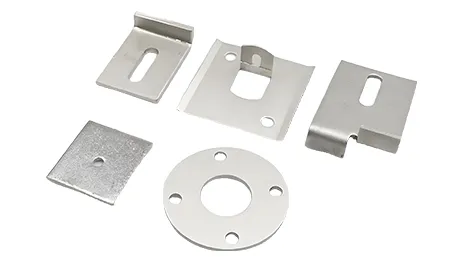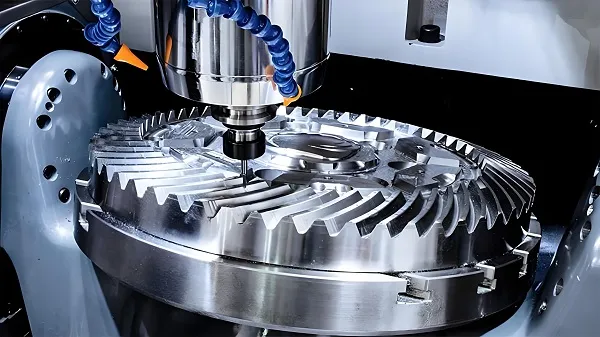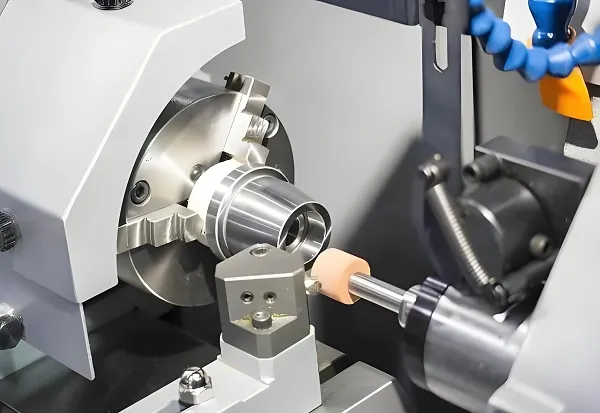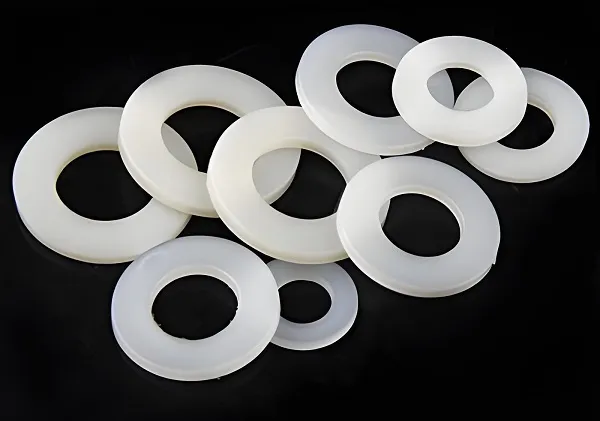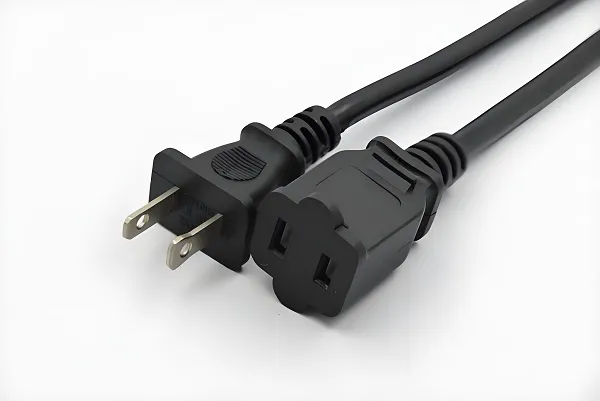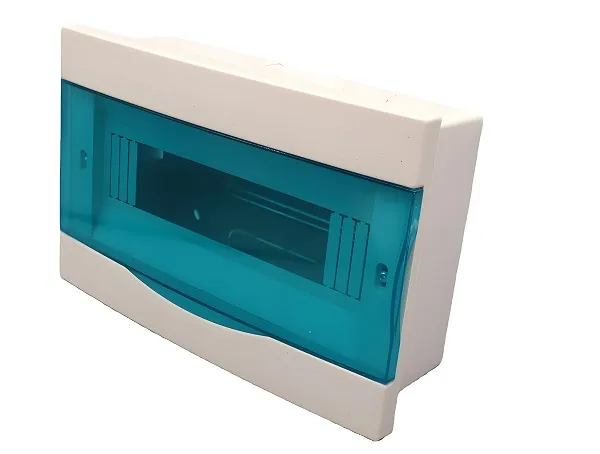As an important metal processing method, metal stamping process is widely used in many fields such as automobile, home appliance, electronic communication, construction and decoration. In this paper, we will discuss the metal stamping process in fine detail from multiple dimensions such as technical principles, process types, application areas, advantages and disadvantages, and development trends, in order to provide readers with a comprehensive and in-depth understanding.
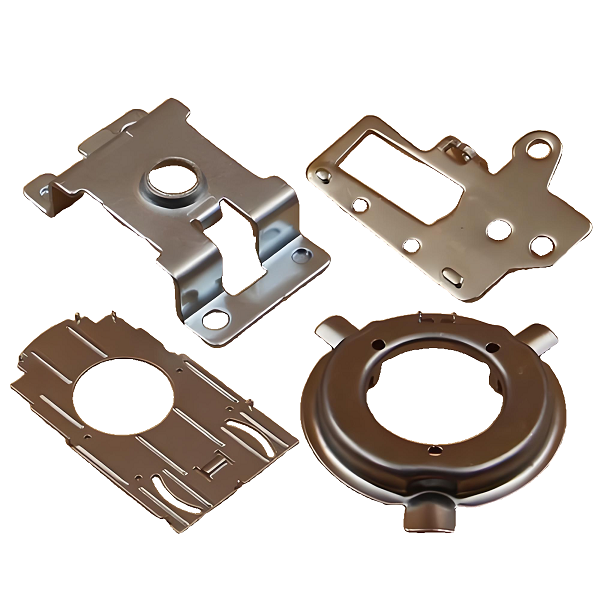
1. Technical Principle
The metal stamping process is built on the basis of plastic deformation of metal, using molds and stamping equipment to exert pressure on the metal sheet to produce plastic deformation or separation, so as to obtain parts with specific shapes, sizes and properties (stamped parts). In this process, the design, manufacture and precision control of the mold is crucial, which determines the quality and production efficiency of the stamped parts.
2. Process Types
There are various types of metal stamping processes, which can be categorized into the following main types according to the shapes achieved and processing needs:
2.1 Perforation: holes are punched in the metal plate to form several small hollow areas. During perforation, the punching motion needs to remain instantaneous to ensure that the area around the holes is not deformed.
2.2 Punching: Similar to perforating, but the punched part is considered a finished product rather than scrap. The punching process is suitable for cutting small or medium-sized metal parts from large metal sheets with high precision and flexibility.
2.3 Stretching: The ends of a sheet of metal are fixed and pushed against a die by a punch that generates a high impact force to deform it to match the cross-section of the die. The drawing process can be further categorized into shallow and deep drawing, which are suitable for manufacturing parts of different shapes and depths, respectively.
2.4 Forging: Small pieces of metal are stamped into specific shapes and features to increase their resistance to impact and physical wear. The forging process is commonly used in the manufacture of small metal products such as coins.
2.5 Piercing: creating cracks in a sheet of metal without removing the metal part. The piercing process is commonly used in application scenarios that require vents, labels, or openings.
2.6 Embossing: A technique that creates a unique raised surface on sheet metal for aesthetic and functional enhancement. The embossing process is used in a wide range of applications such as automobile covers, door frames, and metal coverings.
3. Fields of application
The application areas of metal stamping process are extremely wide, including but not limited to:
3.1 Automobile industry: body panels, doors, hoods, chassis support parts, etc. are manufactured in large quantities by stamping process, which improves the efficiency and precision of automobile manufacturing.
3.2 Home appliance industry: hardware stamping parts in home appliance products such as washing machine shell, refrigerator door panel, air conditioner shell, etc. are not only beautiful but also durable.
3.3 Electronics & Communication: Metal housings, keyboards, connectors, etc. in electronic products such as cell phones, computers, routers, etc. are lightweight and precise by stamping process.
3.4 Architecture and Decoration: Door and window hardware fittings, stair handrails, interior decorative parts, etc. The stamping process provides diversified solutions for the construction field.
3.5 Lighting industry: the support structure and decorative parts of lamps and lanterns such as chandeliers, wall lamps, table lamps, etc., are also often manufactured by stamping process.
4. Metal stamping features
4.1 Low cost: the production and maintenance costs of metal stamping molds are relatively low, and the high degree of automation reduces labor costs.
4.2 High efficiency: stamping process is characterized by fast processing speed and high accuracy, suitable for mass production.
4.3 High material utilization rate: there is no obvious change in the thickness of the material in the stamping process, and the waste material can be recycled, which improves the material utilization rate.
5.Development trend
With the continuous progress of science and technology, metal stamping process is moving towards the direction of more efficient, more precise and more environmentally friendly. In the future, metal stamping process will pay more attention to the optimization of mold design and automation level to meet the market demand for high quality, low cost and fast response. At the same time, with the rise of new energy vehicles, smart homes and other emerging areas, metal stamping process will also usher in a broader application prospects.

